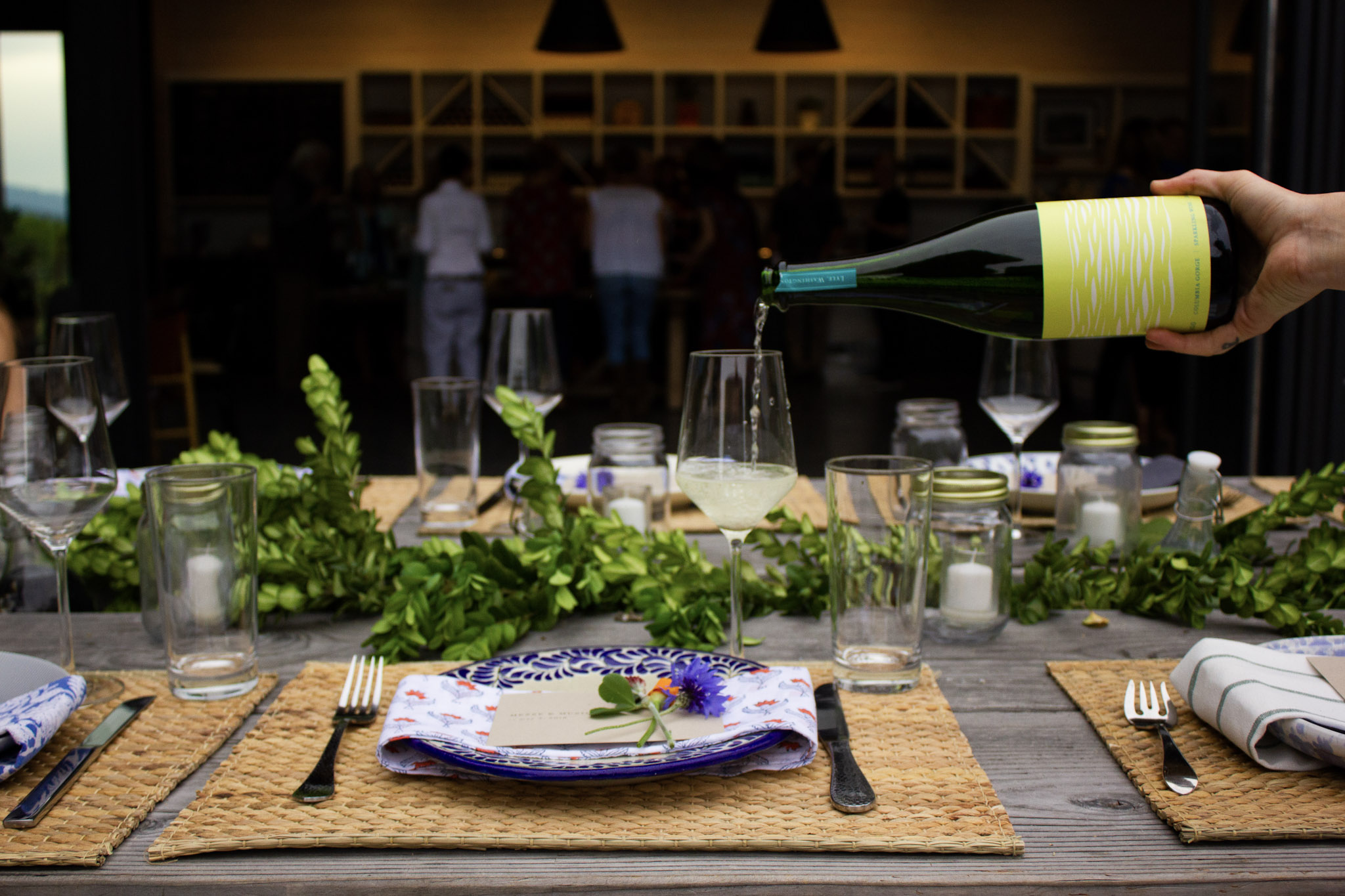There comes a moment in every wine-enthusiast’s life when the sum is greater than the parts – when a good wine and a good bite make flavor magic that elevates the experience into greatness.
I still remember my first plate of oysters with Champagne, briny sweetness awash in pear sparkles. Thanks to a prodigious oyster habit, I’ve also enjoyed them with light, refreshing Muscadet and sharp, bracing Albariño. It’s definitely not one-size-fits-all when it comes to fantastic food and wine pairings.
Fat attracts tannin. Fatty meats and cheeses require wine higher in tannin.—Erik Liedholm
But, as much as I love a big, bold Washington Cabernet Sauvignon with a well-marbled ribeye steak – chalky tannins cutting through all that tender fatty goodness – it would absolutely overwhelm the oysters exacerbating their saltiness and robbing the tongue of any chance at enjoying their delicate flavor. I can’t tell you how many times guests at the restaurant where I work claim things like “I only drink red wine” or “I never drink Chardonnay” only to be persuaded from their singular drinking habits with an expert pairing.
So, how do you recreate food and wine pairing bliss without a sommelier in the pantry directing your selections? Sommelier and Seastar wine director Erik Liedholm shares the basic pairing elements even a wine novice can apply.
Julie Arnan: Describe the main “taste” groups and the best and worst pairings for each group?
Erik Liedholm: The three main “taste” groups are salt, acid (tart), and sweet.

Salty Foods
(olives, cured meats, feta, oysters, parmesan, and miso) are most successful with dry sparkling wines and high-acid whites and reds, but oaky or low-acid whites and tannic reds perform poorly with salty foods.
Acidic or tart items
(citrus, vinegar, capers, pickles, and green apple) also go great with sparkling and high-acid white wines but overwhelm oaky and low-acid white wines.
Sweet foods
(berries, caramelized onions, beets, carrots, brown sugar, and roasted vegetables) do best with off-dry whites and lush low tannin red wines. Tannic young reds and high acid white wines will taste sour and abrasive with sweeter foods.
JA: We all know red meat and red wine go together, but produce can be tricky to pair with wine. Is there and easy rule of thumb when it comes to produce pairings?
EL: As odd as this may sound, consider using your eyesight. Just like red meat-red wine, pair red/brown/earthy colored foods like red cabbage and onion, beets, shiitake mushrooms, sun-dried tomatoes, cherries, plums, dark berries, nutty whole grains, lentils, and walnuts with a lighter-bodied red wine like Pinot Noir. Light/yellow/green colored foods like cauliflower, asparagus, potatoes, chard, lime, yellow tomato, kiwi, split peas, white rice, and couscous go better with a “greenish” white wine like Sauvignon Blanc.
Breaking it down:
| ACID | ACID Acidic foods require wine with the same or higher level of acidity. Acid and tannin are not friends. Acidic wines can cut through cream and fat. |
| SALT | Salty foods require either high-acid or sweet wines to balance the palate. |
| SWEET | Sweetness in food requires wines with the same or higher level of residual sugar. Sweet wines can tone down spicy elements in food and diminish the perception of high salt content. |
| FAT | Fat attracts tannin. Fatty meats and cheeses require wine higher in tannin. However, fat from deep fried foods is cleansed from the palate by wines high in acid, not tannin. |
| TANNIN | Tannic wines cut through fatty, rich foods, can aggravate salty flavors, and overwhelm delicate flavors. |
| ALCOHOL | High alcohol content can overwhelm delicate flavors and do not complement salty foods, as well as accentuating spicy impressions on the palate. |
| OAK | Oak tannins can clash with salty, bitter components in food. They can overwhelm delicate and acidic foods but go well with smoked dishes. |

Erik Liedholm is an Advanced Level Sommelier, the master distiller at Wildwood Spirits Co. and is the Wine Director and sommelier for John Howie Restaurants.

